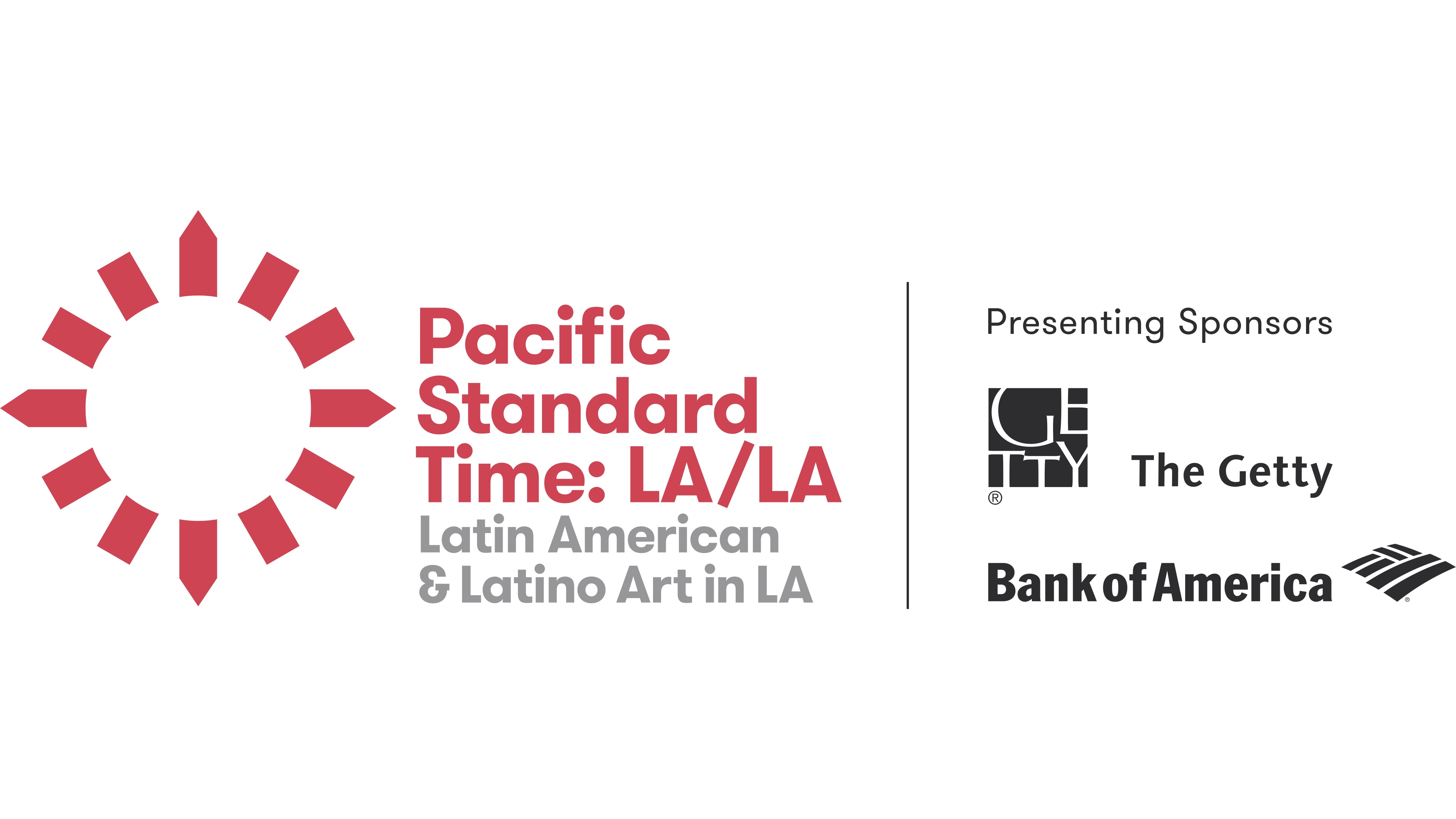Martín Ramírez: His Life in Pictures, Another Interpretation
Martín Ramírez: His Life in Pictures, Another Interpretation is the first monographic presentation of the celebrated self-taught artist Martín Ramírez in Southern California. The exhibition will include approximately 50 drawings and collages produced by Ramírez while institutionalized from 1931 until his death in 1963. The exhibition is part of Pacific Standard Time: LA/LA, a far-reaching and ambitious exploration of Latin American and Latino Art in dialogue with Los Angeles.
Ramírez migrated to the United States in 1925 to seek work on the railroads. Following the Great Crash of 1929, Ramírez found himself unemployed and on the streets. Detained by police for vagrancy, and following a hasty diagnosis of schizophrenia by doctors who did not speak Spanish, Ramírez was interned in state psychiatric hospitals in Northern California for 30 years until his death in 1963.
Within these confines, Ramírez produced a body of remarkable drawings collaged from found paper and executed with matchsticks, melted crayons, and other makeshift implements. The resulting drawings range from small-scale abstractions to monumental figures and scrolls, which demonstrate Ramírez’s unique draftsmanship of concentric lines, undulating patterns, and surreal topography. This exhibition draws Ramírez into the critical orbit of art in California, where the crossover between Latin American art and American Modernism found its fullest realization.
Major support for the exhibition and related publication is provided through grants from the Getty Foundation.

Martín Ramírez was born in January 30, 1895 in Rincón de Velázquez, Tepatitlán, Jalisco, Mexico. Ramirez migrated to the United States from Tepatitlan, Mexico to find employment, leaving behind his pregnant wife and three children. He worked on the railroads in California between 1925 and 1930. He knew no English and after six years he ended up unemployed and homeless. This led to him being detained by the police and institutionalized in 1931. He was diagnosed with schizophrenia, leaning towards catatonia. Ramírez spent over 30 years being institutionalized; first at Stockton State Hospital in Stockton, California, then, beginning in 1948, at DeWitt State Hospital in Auburn, near Sacramento, where he made the drawings and collages for which he is now known. At DeWitt, a visiting professor of psychology and art, Tarmo Pasto, came across Ramírez’s work and began to save the large-scale works Ramírez made using available materials, including brown paper bags, scraps of examining-table paper, and book pages glued together. His works display an idiosyncratic iconography that reflect both Mexican folk traditions and twentieth-century modernization: images of Madonnas, horseback riders, and trains entering and exiting tunnels proliferate in the work, along with undulating fields of concentric lines that describe landscapes, tunnels, theatrical prosceniums, and decorative patterns.
He died in 1963.
—Excerpt from Wikipedia
Ramírez Re-examined: A Conversation
Panel discussion with Elsa Longhauser, Rúben Gallo, James Oles, Josh Kun, and Harriet Stratis
Sunday, September 10, 2017

































